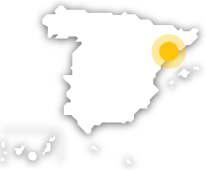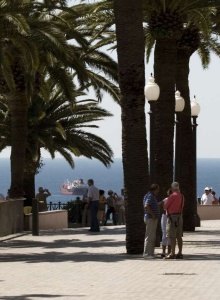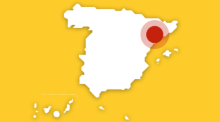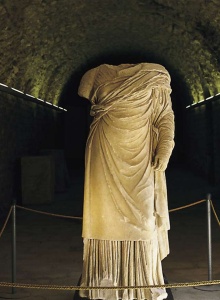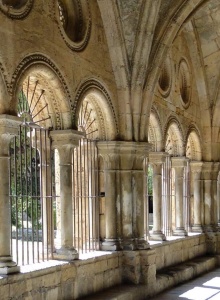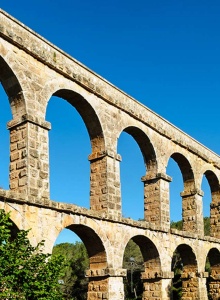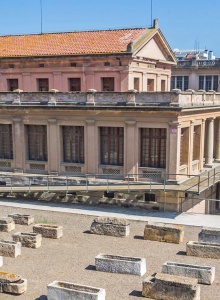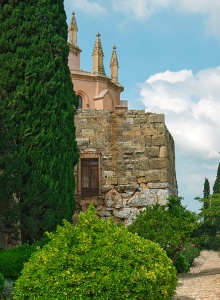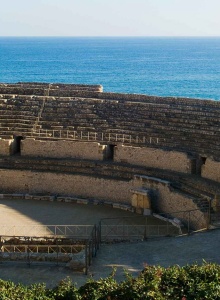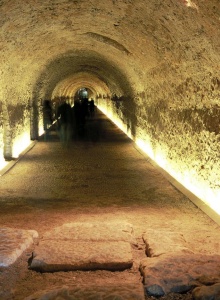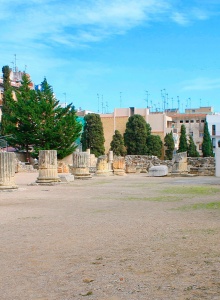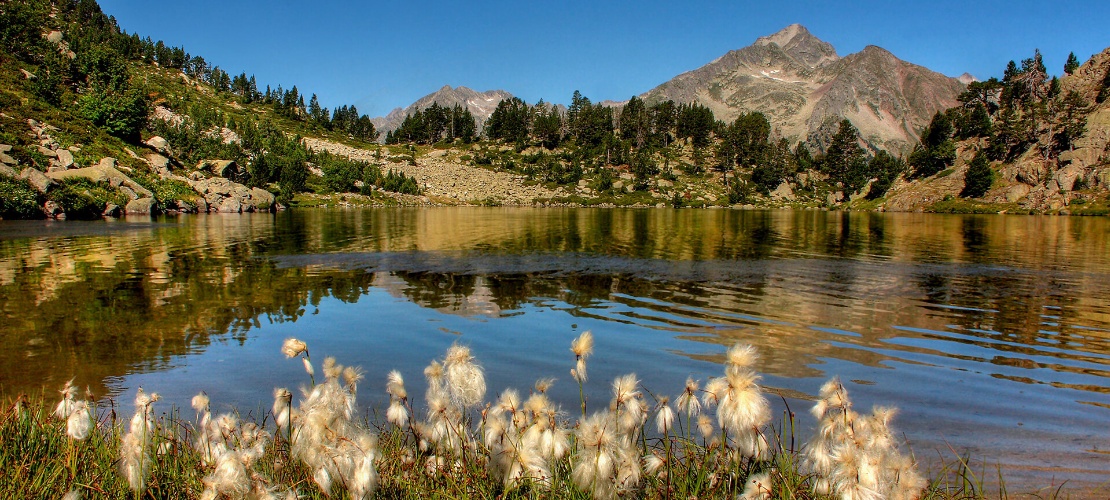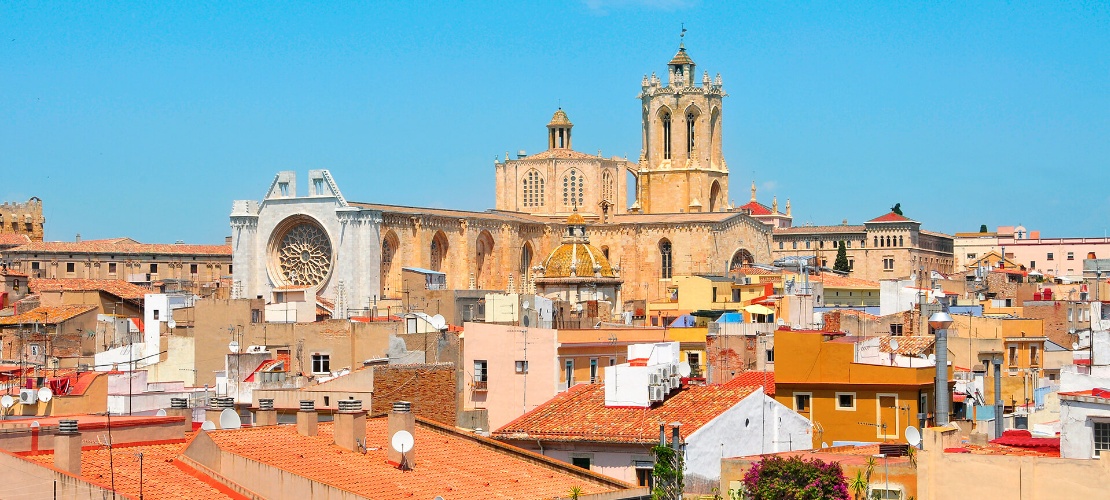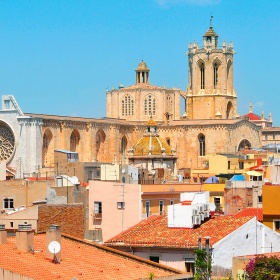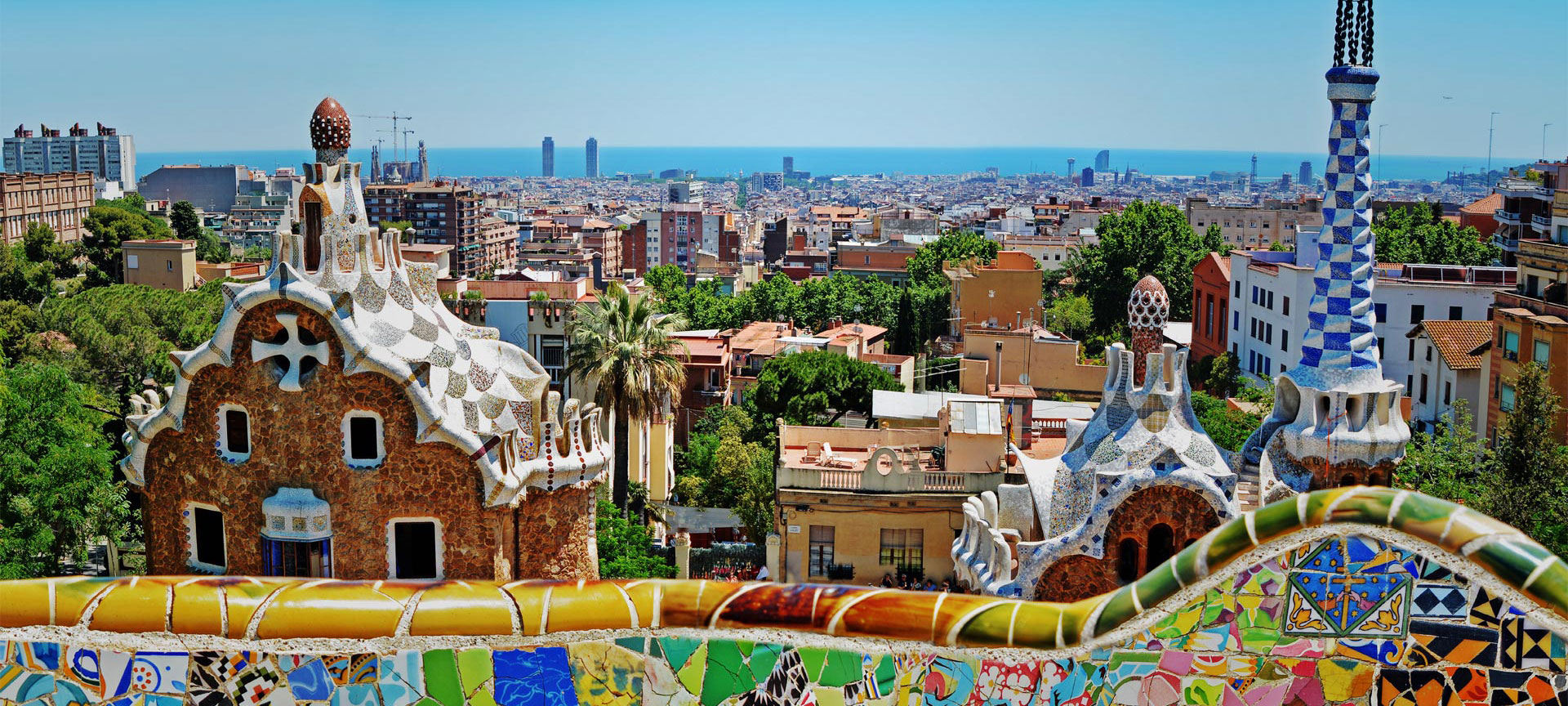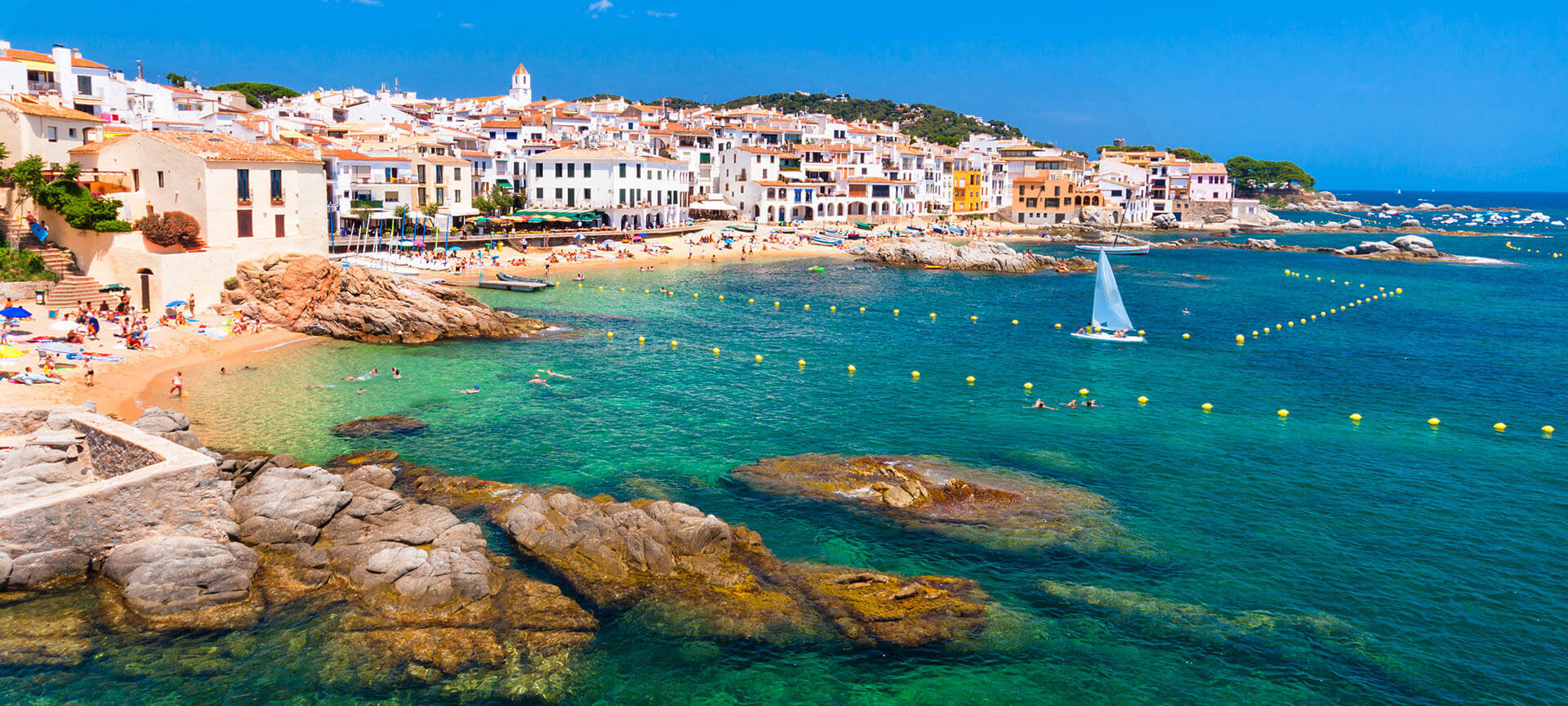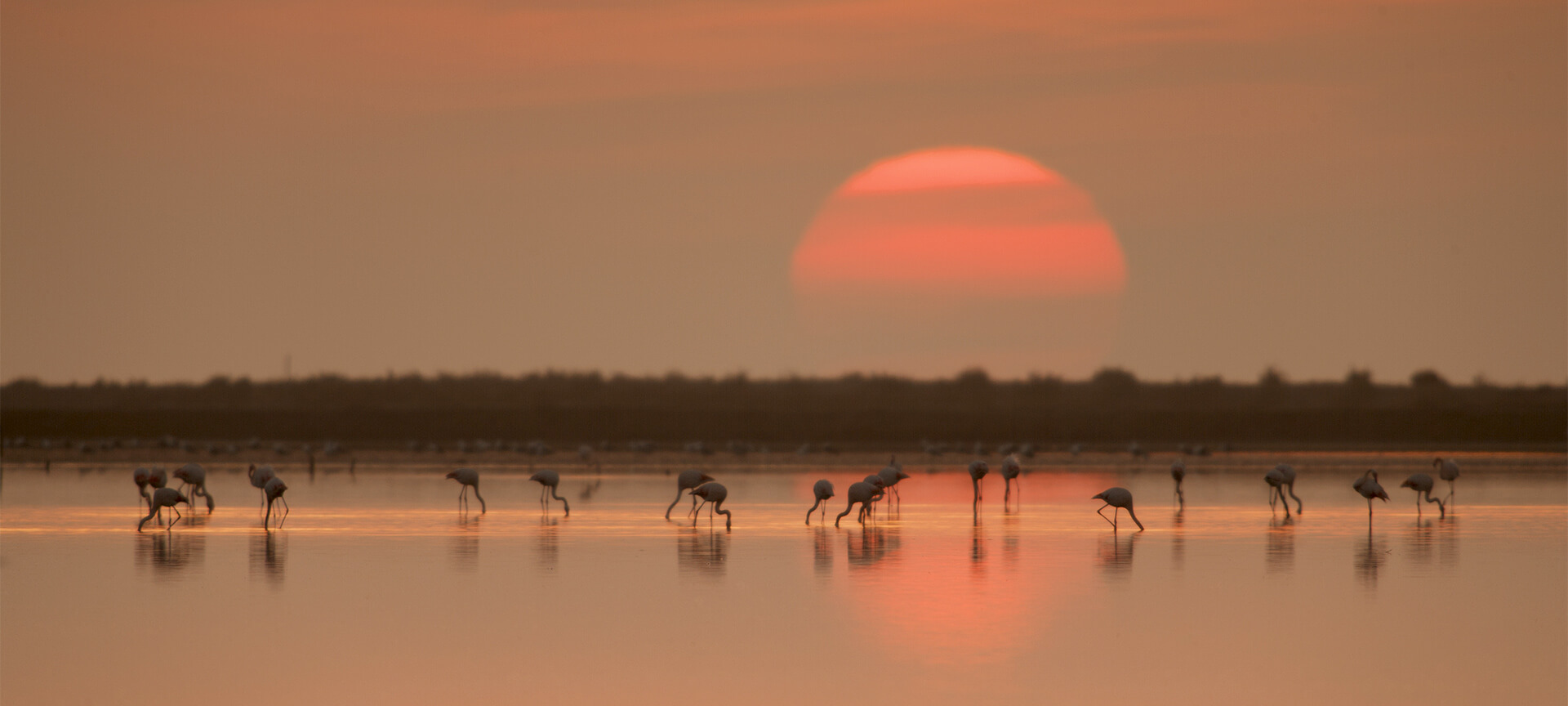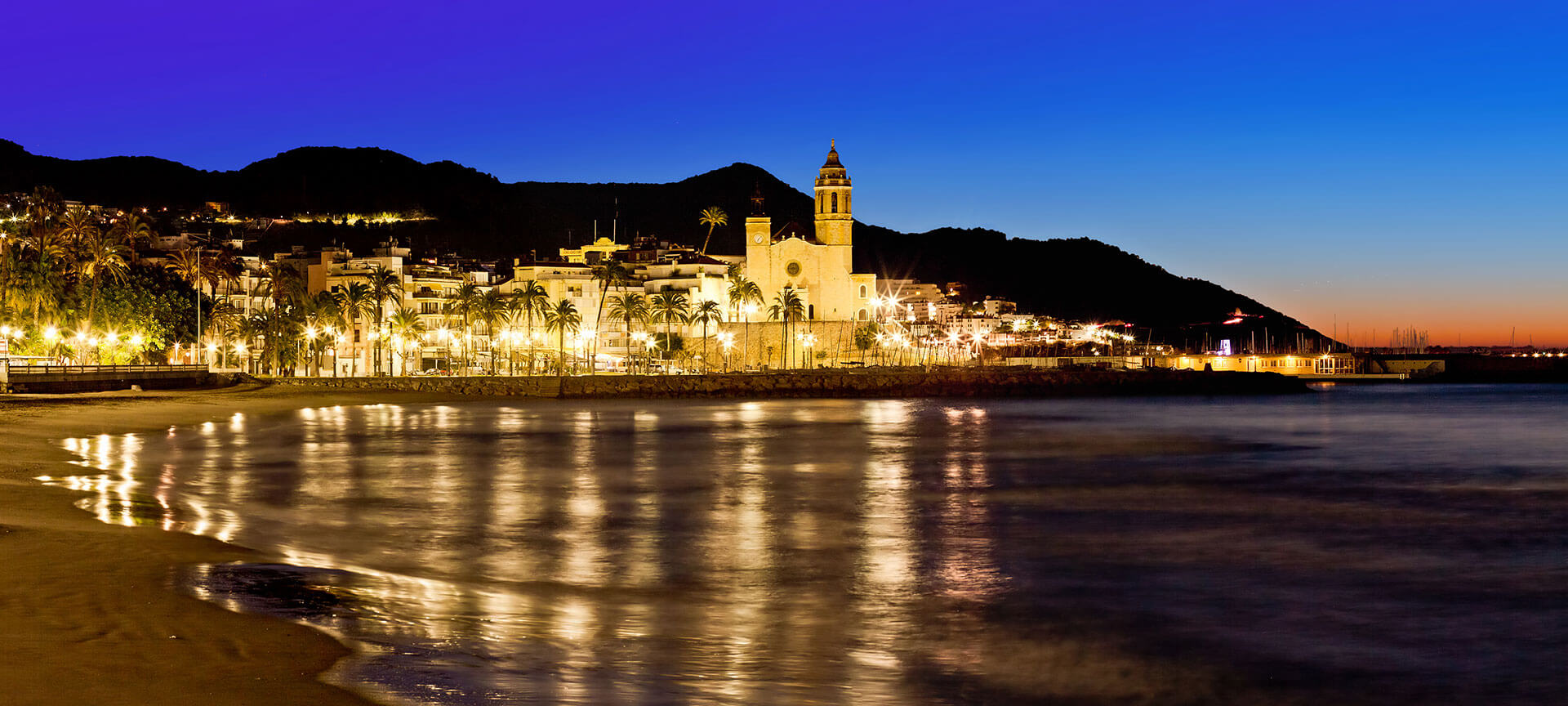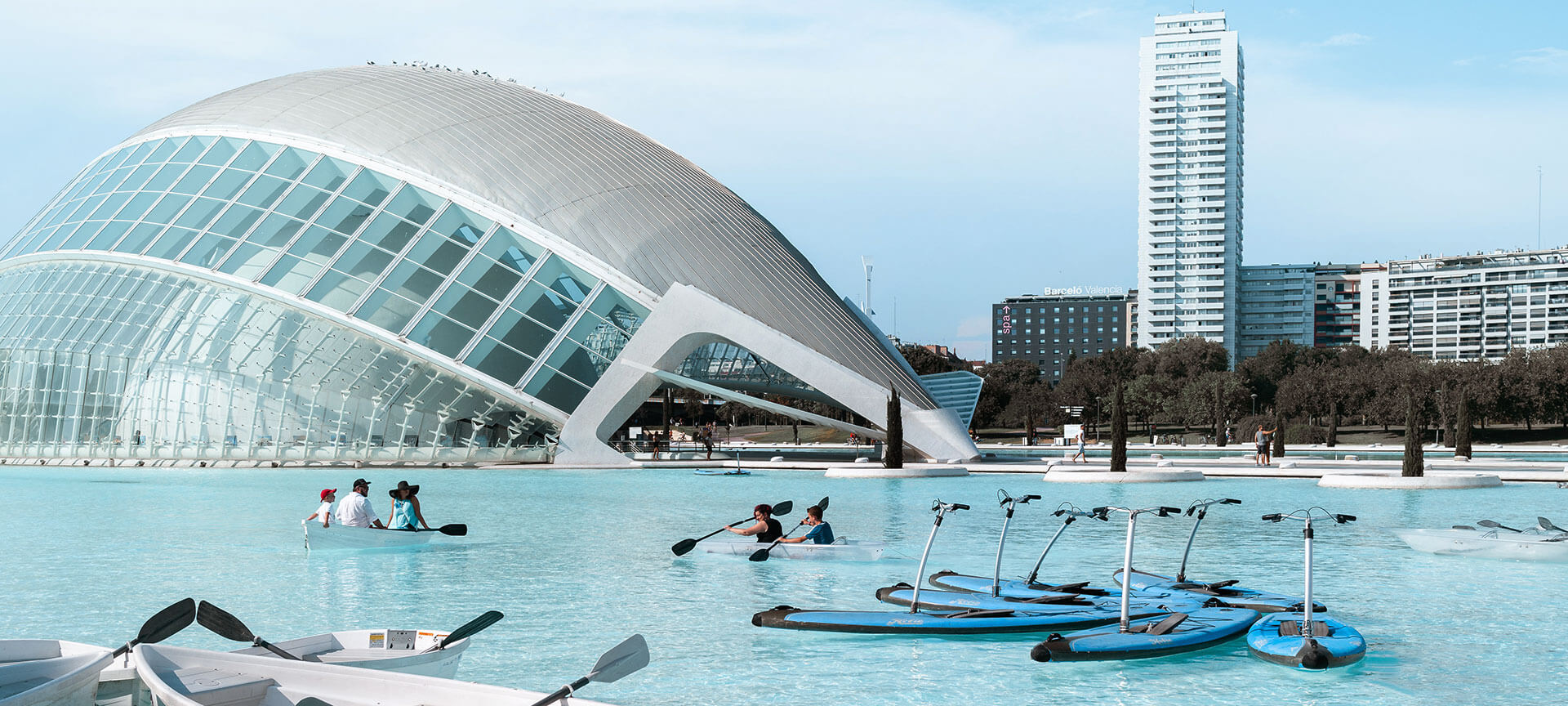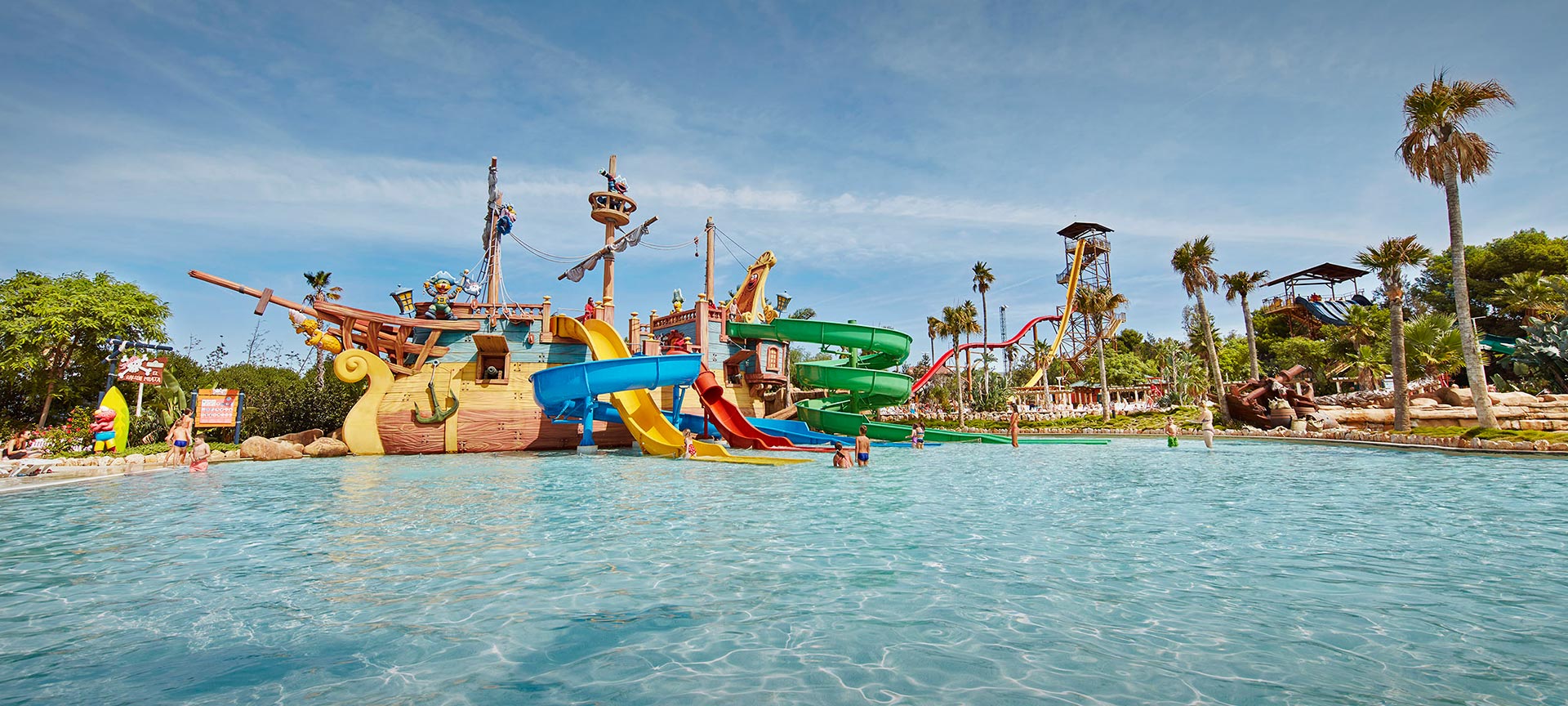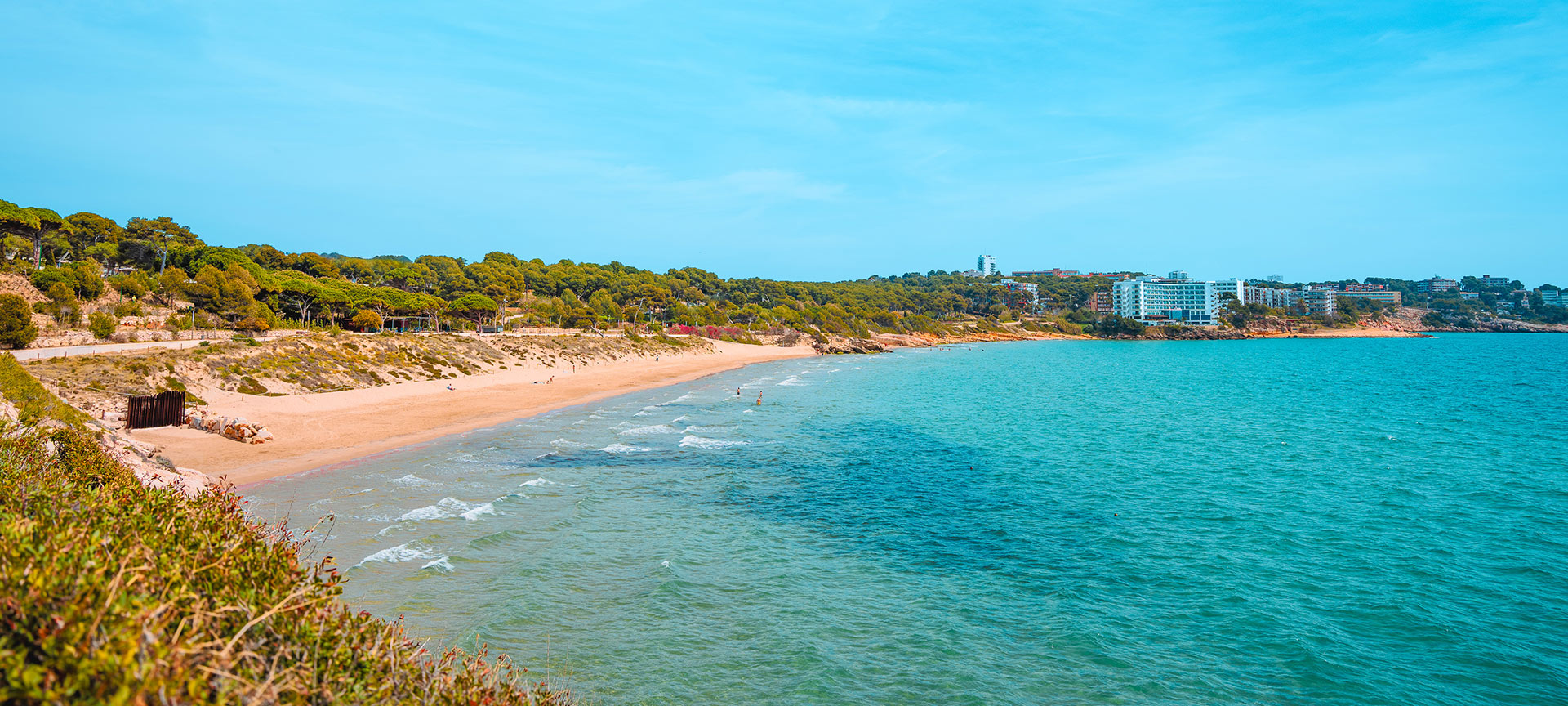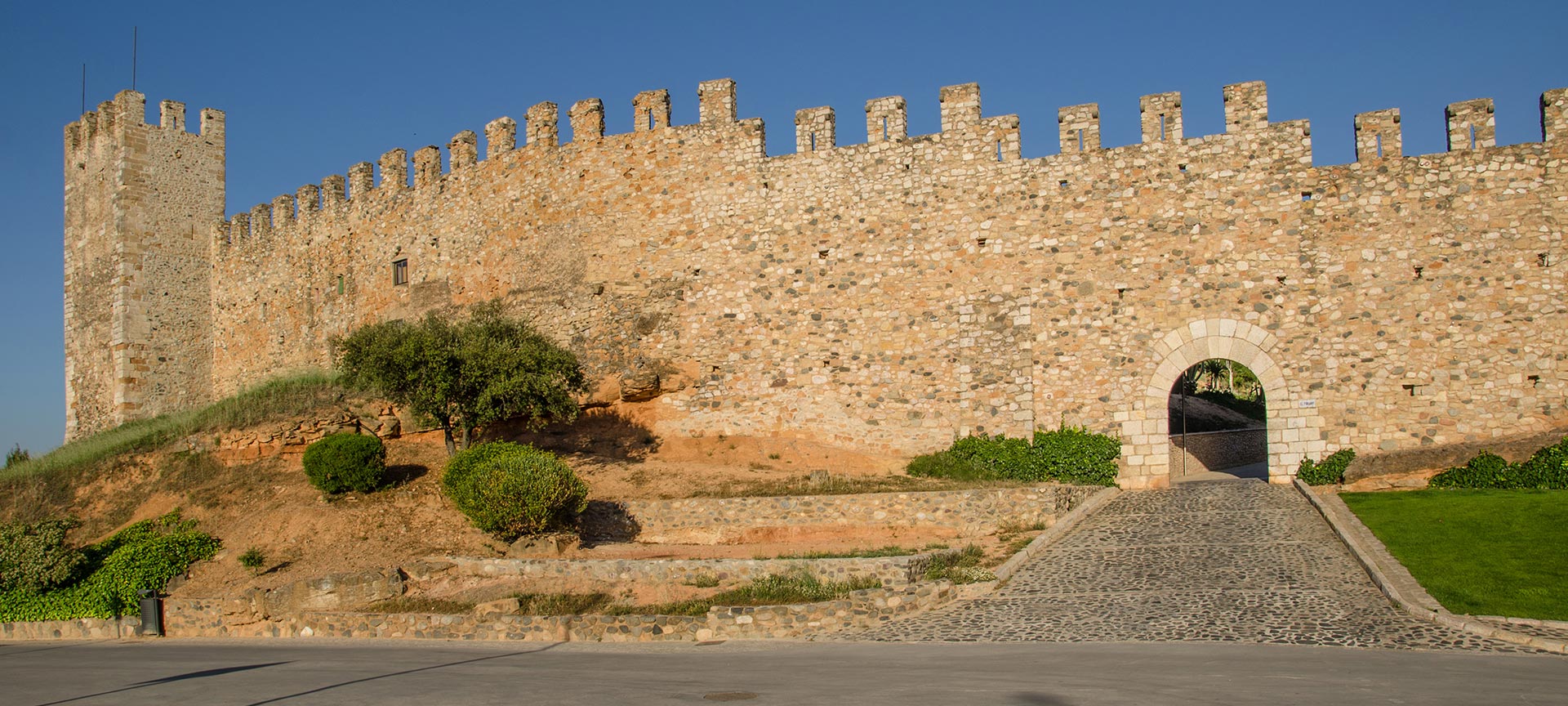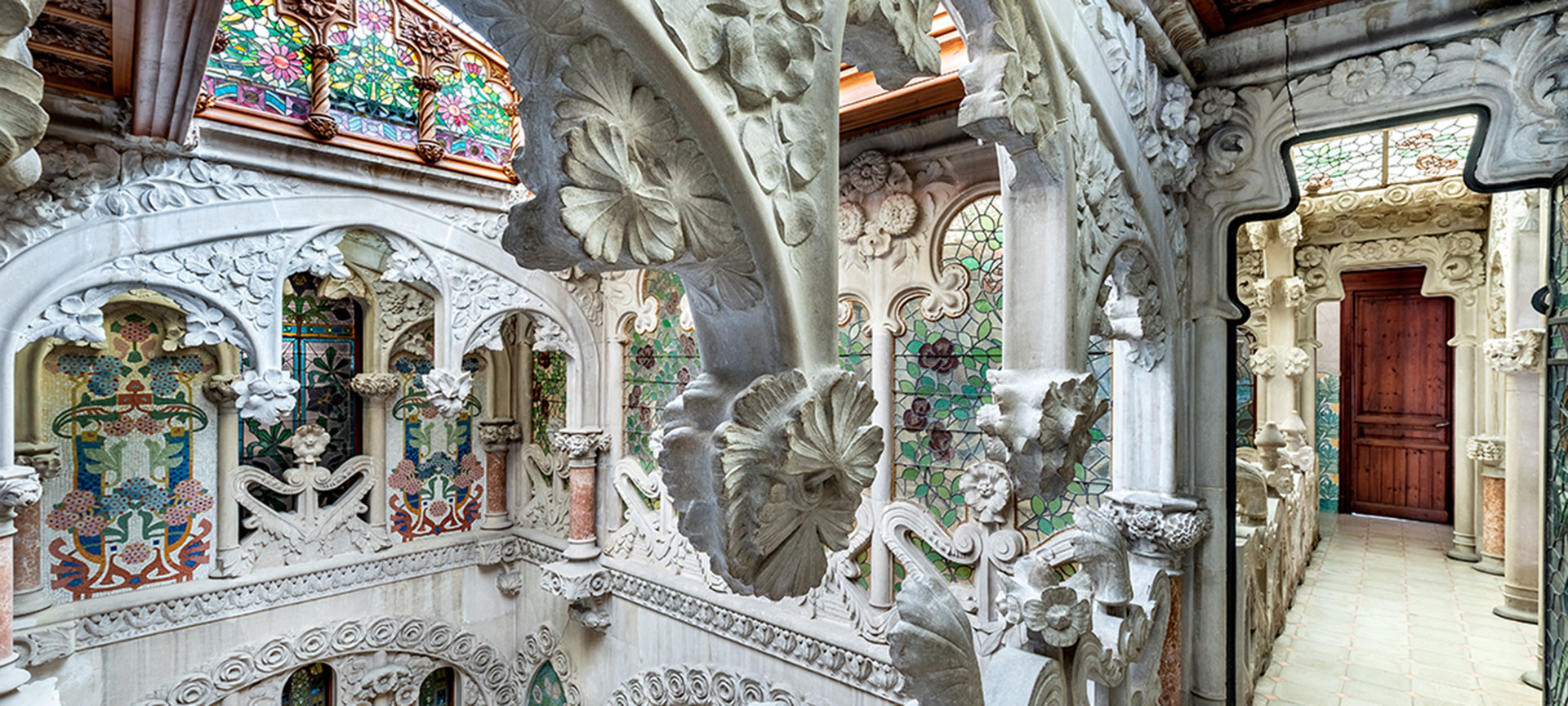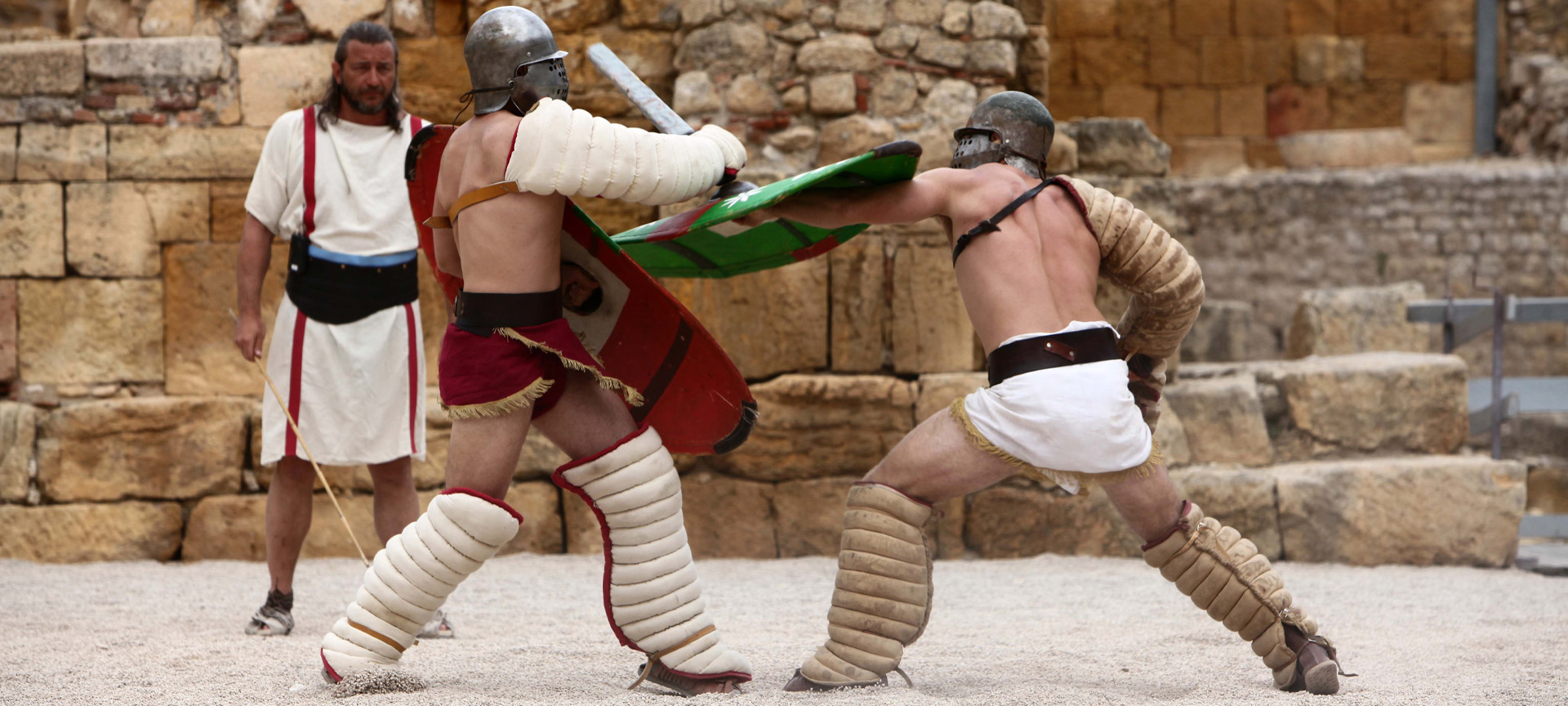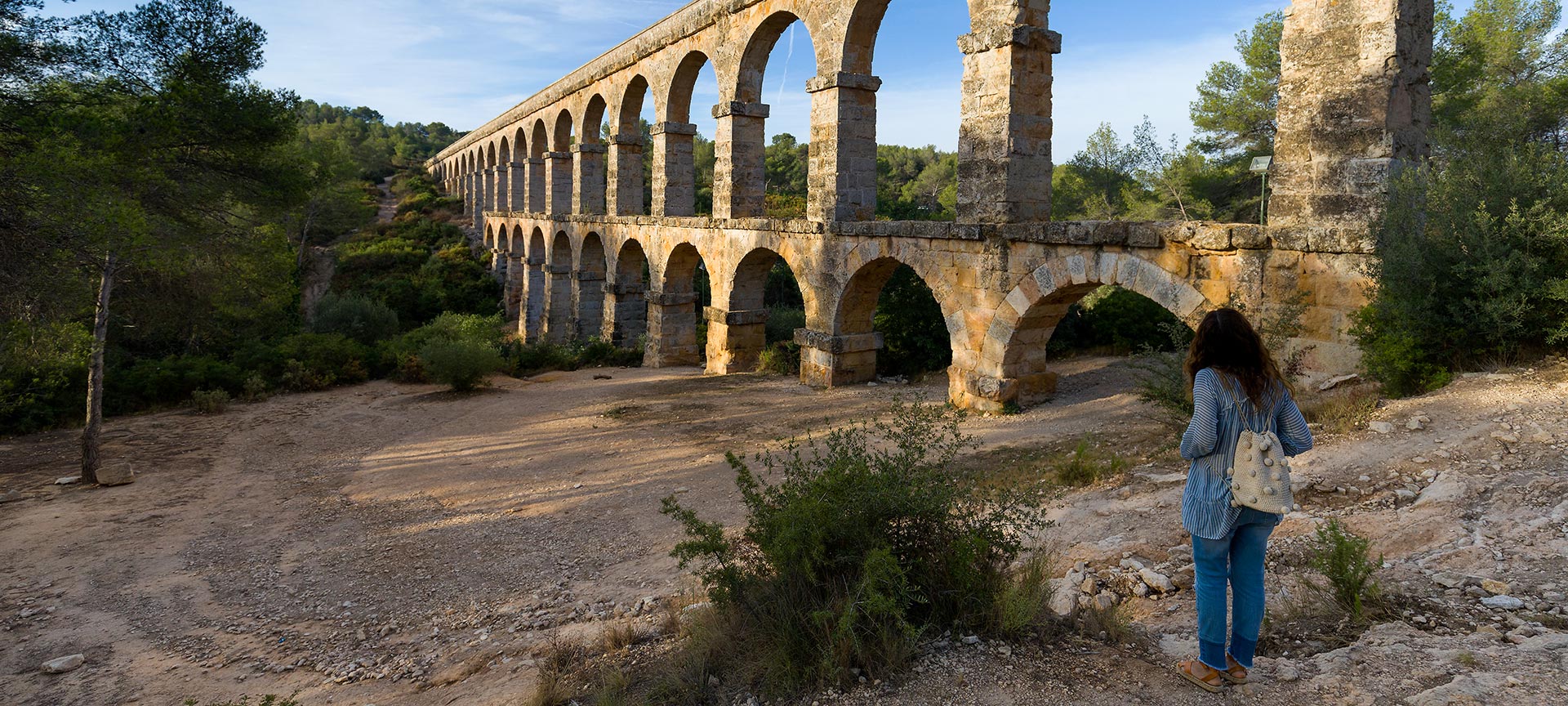
In Tarragona, a City declared World Heritage, history comes out of the books and is enjoyed at every step.
The city specialises in historical re-enactments which bring the Roman Empire back to life with shows in essential sights like the Amphitheatre and the Roman Circus. Add its exceptional location on the Costa Daurada on the Mediterranean sea, its delicious local cuisine and its festivities and popular traditions, and you have the capital of the Costa Dorada: Tarragona.
What to visit
Select from the list or hover over the map to find out about points of interest.
Activa JS
Other ideas for your trip
How to get there - transport information
Select the means of transport to see how to get there or how to get around at your destination.
How to get to aeroplane
-
Barcelona Airport Located 80 kilometres from Tarragona, about an hour’s drive.To get to Tarragona by public transport, the quickest way is to go to Sants Station in Barcelona (a direct Cercanías Barcelona commuter train from the airport takes about 20 minutes) and catch the regional train (Renfe), which connects the two cities in a journey of around an hour. More information
-
Reus airport About 12 kilometres from Tarragona, less than 15 minutes by car. By public transport you need to get to the city of Reus (just under 30 minutes by bus) and catch the regional train (Renfe) which connects to Tarragona in just over an hour. Reus airport has direct connections with the United Kingdom and operates charter flights. More information
How to get to train
-
The Tarragona train station is located in the city centre. Long-distance connections (Valencia, Andalusia, Madrid and France) and close destinations (Barcelona, Tortosa, Reus and Lleida)
-
The Camp Tarragona high-speed train station is only 10 km away from Tarragona, about 15 minutes by car or taxi and about 20-25 minutes on the special bus. Direct AVE high-speed train connections with Barcelona, Lleida, Figueres, Valladolid, Zaragoza, Madrid, Málaga, Córdoba , Irún and Seville.
How to get to bus
-
Tarragona bus station is located very close to the city centre, just 1.5 kilometres from the cathedral (a 20-minute walk).
-
National, inter-provincial and provincial buses all arrive and depart from the bus station, as well as the Tarragona city buses, making it possible to reach other parts of the city from here.
How to get there by road
-
From Barcelona, via the AP-7 and the N-340.
-
From Madrid, via the N-240 and the AP-2.
-
Check where to park in Tarragona here.
How to get to boat
-
The cruise ship terminal, Tarragona Cruise Port, is located in the centre, about a 20-minute walk from Tarragona cathedral.
-
There is a free shuttle bus from the Port’s Welcome Centre to the quay. There are also taxi ranks and bus stops nearby. More information
-
In Tarragona you will also find Port Tarraco (a modern marina) and the Nautic Tarragona marina.
How to get around in bus
-
Most Tarragona city bus lines run from 6.30 am to 10.30 pm.
-
There are night buses on Saturdays, Sundays, and public holidays.
How to get around in other means of transport
-
The taxis in Tarragona are white with a diagonal orange stripe. You can check the different licensed taxi companies on the Tarragona tourism website.
-
There is a tourist train which makes a circuit around the historic quarter.
Shows, festivals, sports...
View some of the most relevant events you will be able to enjoy at the destination.
